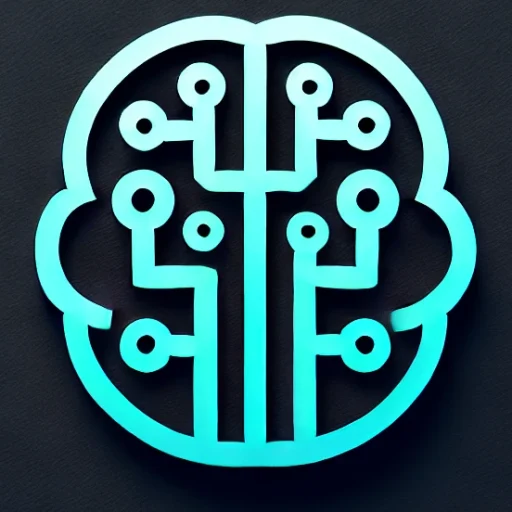
Introduction
In the realm of artificial intelligence, one technological advancement is consistently making waves: transformer models. These models, renowned for their prowess in natural language processing (NLP), are reshaping industries by dramatically improving the ability of machines to understand and generate human language. As the backbone of increasingly sophisticated AI systems, transformers are more than just a trend; they represent a fundamental shift in how we interact with technology. This blog explores the pivotal role of transformers in AI, their groundbreaking applications, and the challenges we face as they continue to evolve.
Key Insights & Latest Advancements
Transformers, introduced in the seminal paper “Attention is All You Need” by Vaswani et al. in 2017, have rapidly become the cornerstone of NLP. Unlike their predecessors, transformers leverage self-attention mechanisms, allowing them to weigh the significance of various words in a sequence independently, irrespective of their positions. This has led to unprecedented improvements in tasks like translation, summarization, and question answering.
The most notable advancements include OpenAI’s GPT series and Google’s BERT. GPT-3, with its 175 billion parameters, set a new benchmark for language generation, capable of producing coherent and contextually relevant text. Similarly, BERT revolutionized language understanding with its bidirectional training method, significantly enhancing the accuracy of language-based tasks across different domains.
Real-World Applications
The applications of transformer models extend beyond conventional NLP tasks. In the healthcare sector, they assist in managing patient records, predicting disease outbreaks, and facilitating personalized medicine. In finance, transformers are deployed for fraud detection, sentiment analysis, and algorithmic trading.
Moreover, transformers are empowering educational platforms by automating content creation, providing real-time student feedback, and enabling personalized learning experiences. In customer service, they drive chatbots and virtual assistants that can handle complex queries, reducing the need for human intervention and improving service efficiency.
Challenges & Future Outlook
Despite their immense potential, transformers face several challenges. The computational expense of training these models is formidable, often necessitating vast resources and specialized hardware. Furthermore, the environmental impact of such intensive computations raises sustainability concerns.
Ethical considerations also loom large. The ability of transformers to generate human-like text leads to potential misuse, such as creating deepfakes or spreading misinformation. Ensuring the responsible deployment of these models is crucial, requiring robust regulatory frameworks and ethical guidelines.
Looking to the future, the development of more efficient architectures, such as sparse transformers and distillation techniques, promises to make these models more accessible and sustainable. Additionally, interdisciplinary research is likely to yield novel applications in fields like robotics, autonomous systems, and cross-lingual communication.
Conclusion
Transformers stand at the forefront of AI advancements, offering transformative capabilities in natural language processing and beyond. Their ability to understand and generate human language with remarkable accuracy is opening doors to new applications across various industries. However, addressing the challenges they present, from resource consumption to ethical use, is pivotal. As we continue to harness their power, transformers are poised to redefine our interaction with technology, enhancing productivity, and enriching human experiences.
Key Takeaways:
- Transformers are revolutionizing NLP with their self-attention mechanisms, leading to significant improvements in AI language tasks.
- Their applications span multiple industries, from healthcare and finance to education and customer service.
- Challenges include computational demands, environmental impact, and ethical concerns.
- Future innovations focus on increasing efficiency and exploring interdisciplinary applications.

